- Category
- War in Ukraine
What We Saw in the Ukrainian Village of Lyptsi on the Kharkiv Frontline
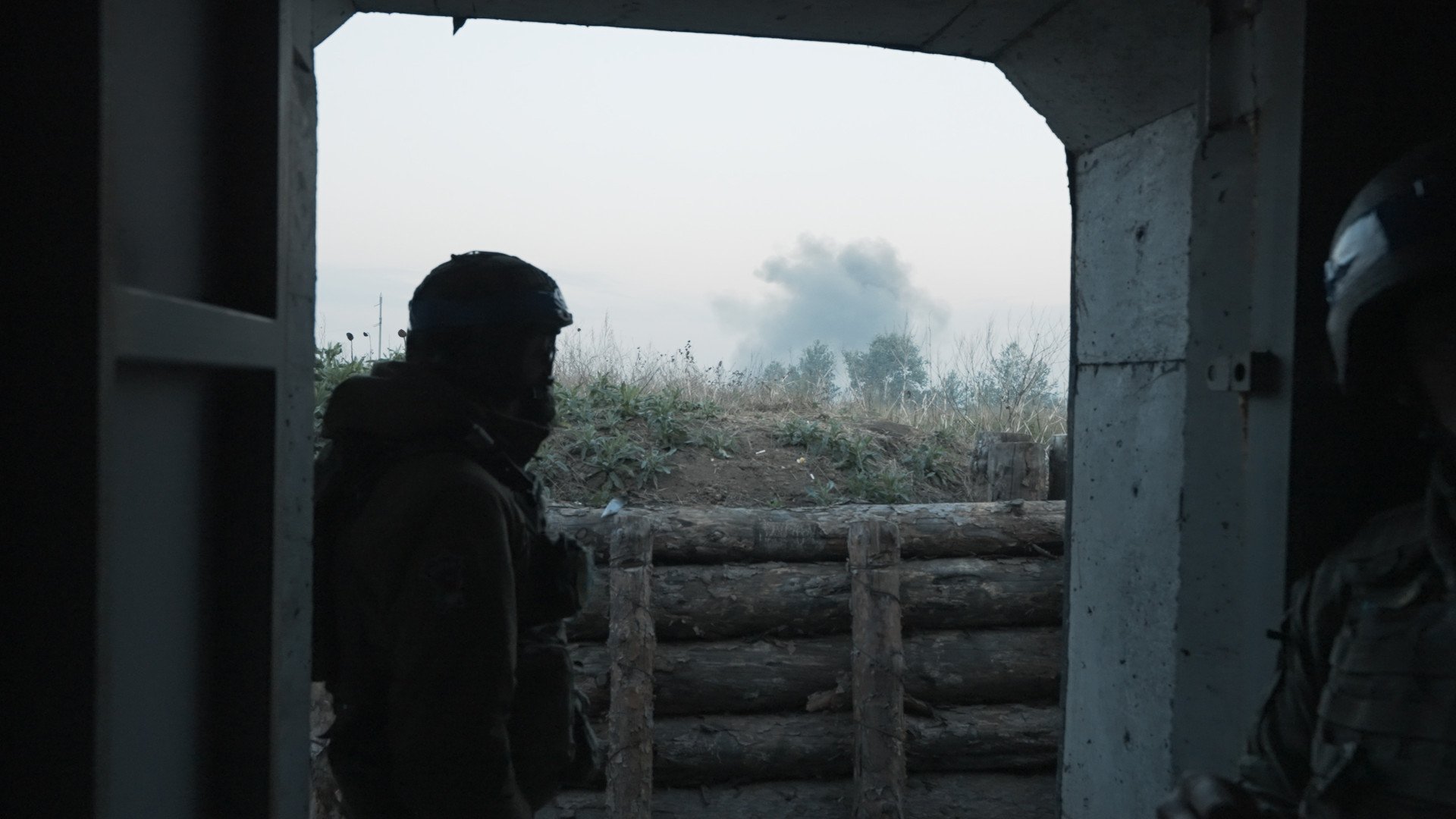
The “Khartiia” Brigade has been defending the village of Lyptsi in the Kharkiv Region of Ukraine for over ten days now. Even though Russia is saying that it has been captured, the village is entirely under the control of the Ukrainian Armed Forces.
“The car is fucked,” a soldier who goes by the callsign “Doc” declared in a somber voice. That day, we arrived at the first line of defense in Lyptsi; the enemy positions were оnly 300-500 meters away from us. Noticing the movement of our car and then us running to the fortifications, the Russian troops began to fire everything they had at us: in just 30 minutes, we heard mines, artillery, Grad MLRS, and even aviation. "Move away from the entrance so you’re not wounded by shrapnel," the soldier who was on duty told us. They don't joke about safety here, the price of a mistake is just too high.
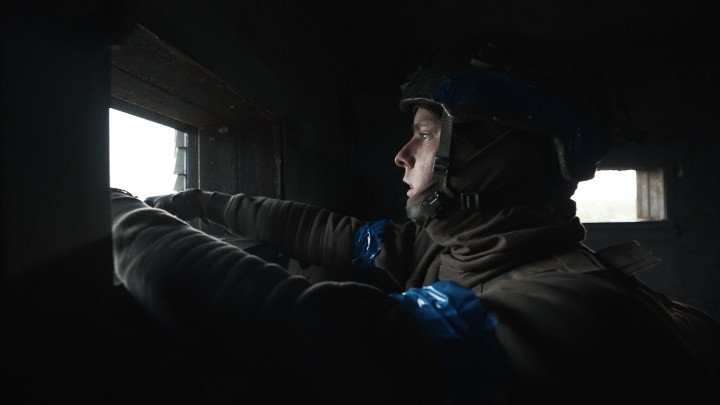
This brigade took up positions near Liptsi on May 11th, the day after Russian troops began their offensive in the Kharkiv Region. After several days of heavy fighting, the situation was stabilized: Russian forces were unable to advance in this direction. "Our brigade fully changed direction, fortified itself, and was able to stop the enemy. Here, they got stuck. They cannot go forward, so they are looking for weak spots in the defense and trying to go through the flanks," the soldiers explained.
The number of Russian assaults has decreased in recent days, but not the intensity of shelling. We arrived at the positions in the middle of the night, and the shelling did not stop until dawn. "Yesterday evening, they launched KABs. Today—you can hear it yourself—they are shelling with everything they can," said the group leader. Before going to the positions with him, we met at the Tactical Operation Center (TOC) directly in Lyptsi. He had a laptop in front of him, and on it – streams from dozens of drones. "The Russians have the same [dones,] the saturation of drones is unreal, everyone sees everything."
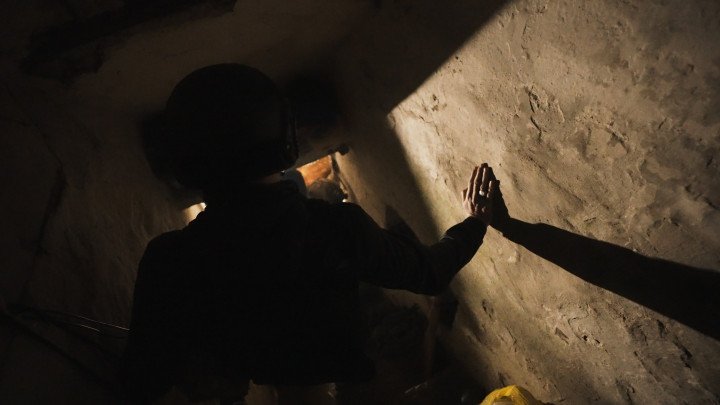
That is why careful preparation is required before going to the positions. No one walks here at a relaxed pace; they run from the car to the shelter in small groups so that enemy drones do not have time to notice any movement. At a distance of more than a few hundred meters, they only move by car, at a speed of 100+ km/h. At night—without headlights.
Ukrainian positions are under constant fire. The enemy knows where the Armed Forces of Ukraine are, and the Armed Forces of Ukraine know where the enemy is. As we talk to the military, we hear machine-gun rounds from both sides. Minute by minute, there’s incoming shelling.
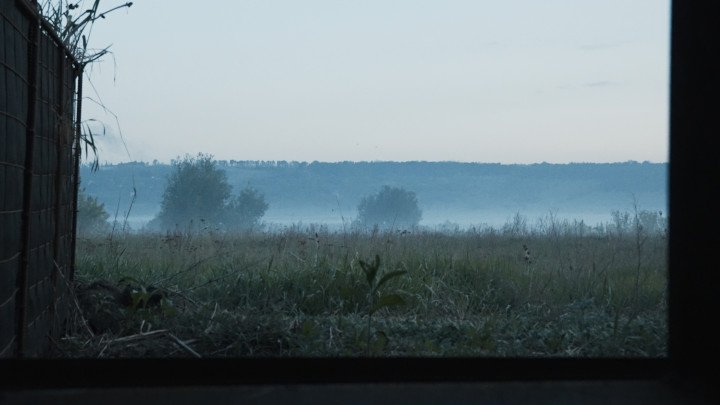
The Russians are constantly shelling the village, there are practically no whole houses left. This is not surprising: in the few hours that we were in Lyptsi, the Russians shelled the village with Grad MLRS several times. People have to live in basements, hiding from shelling.
Their other target is the road: the Russians have already destroyed the bridge leading to the village. The road itself is riddled with shelling and debris from burnt trees.
Statements about the capture of Lyptsi by Russia do not match up with the reality. The line of defense is located in front of the village and is controlled by Ukrainian Forces. There is no talk of retreat, but the Ukrainian military points to the enemy's advantage in ammunition. "We would love to have some Patriots anti-missile systems here so that they would stop launching KABs at us," jokes one of the soldiers as we sit in the basement. While waiting for the opportunity to leave, we discuss the game between Atalanta and Bayer in the Europa League final. Another soldier, thanks to a Starlink, is watching an NBA game. These are the few minutes of normal civilian life—but only at five in the morning.
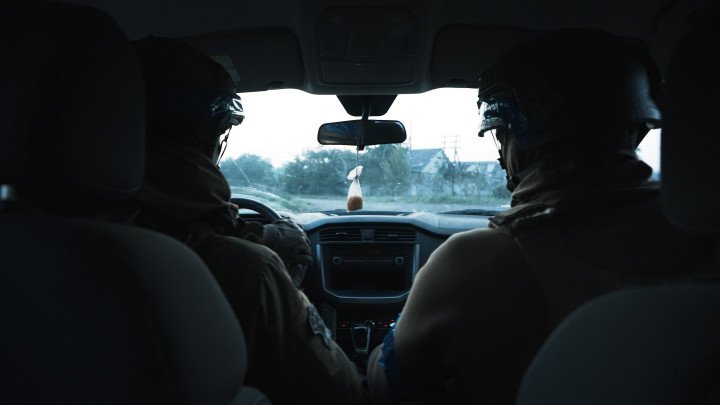
By the way, we returned from the positions by car. Doc’s fear did not materialize—the car survived, the Russians did not hit it.
-29a1a43aba23f9bb779a1ac8b98d2121.jpeg)
-c42261175cd1ec4a358bec039722d44f.jpg)
-46f6afa2f66d31ff3df8ea1a8f5524ec.jpg)
-6359eca46c72bde40a90abaaadd6eaa8.png)


-206008aed5f329e86c52788e3e423f23.jpg)